A critical difference between multicellular living organisms and non-living thing is that the former has ‘autonomy’. A multicellular system can spontaneously construct tissues and organs and optimize its structure and function by itself. While the mechanism by which a cell population spontaneously creates a structure is gradually being clarified, the mechanism by which a cell population optimizes its own structure and function is still elusive. Recent advances in single-cell analysis technology have identified that there are ‘variations’ in various cell populations within the animal and that these variations are eliminated over time. In addition, when cells with slightly different properties or status (but viable on their own) are emerged in a cell population, such ‘unfit’ cells are actively eliminated from the population via cell-cell interactions, a phenomenon called ‘cell competition’. Thus, cell competition optimizes the structure and function of the cell population by excluding unfit cells. In this research area, we will approach one of the greatest mysteries of life, the multicellular autonomy, by studying competitive cell-cell communications (Fig. 1).
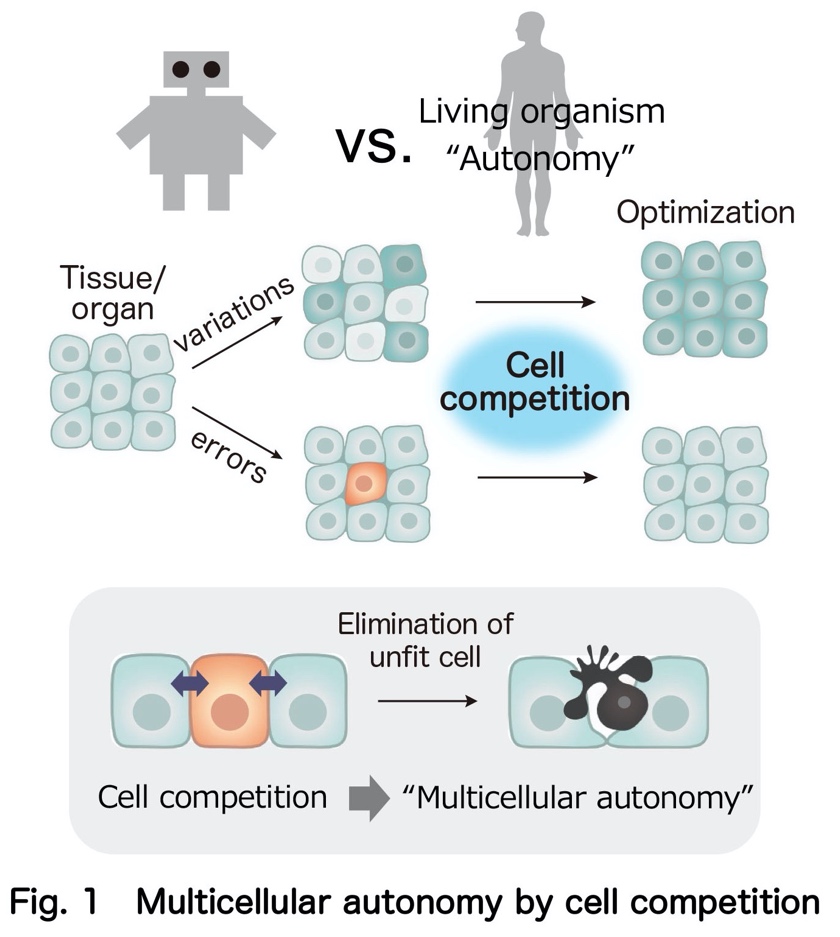
We aim to elucidate the mechanism by which ‘autonomy’ is generated in multicellular systems by studying competitive cell-cell communications. To achieve this, we will study the molecular mechanisms of various competitive cell-cell communications and identify master regulators and specific markers for cell competition in various species and cell types. We will also capture, visualize, and control cell competition within animals and elucidate the roles and mechanisms of physiological cell competition. In addition, we will develop spatial multi-omics technology for competing cells within animals to greatly accelerate the research area. Furthermore, through the synthetic approaches to reconstruct cell competition and theoretical approaches to mathematically model cell competition, we will elucidate the universal mechanism of competitive cell-cell communication. Given that studying competitive cell-cell communication is not sufficient to understand multicellular autonomy, we will investigate the logic that each competitive communication generates multicellular autonomy: how the dynamics of cells that respond to changes and disturbances in a multicellular system optimize the system. By mutually feeding back the "molecular basis" and "multicellular autonomy" researches, we will achieve the goal of the research area. The following six subjects will be elucidated in the research period.
The mechanism of multicellular autonomy will be elucidated, which will open up a new field of life science that solves the principle of biological systems from competitive cell-cell communication and bring new perspectives and research styles to basic biology and medicine. Visualizing cell competition in animals and establishing methodologies to control cell competition will contribute to understanding various diseases such as cancer and providing new therapeutic strategies for them.
Cell competition: Context-dependent cell elimination via short-range cell-cell interaction.
Multicellular autonomy: The property of the multicellular systems that spontaneously forms and optimizes its structure and function.
In this research area, we aim to comprehensively understand competitive cell-cell communications and elucidate the principle that autonomy is created in multicellular systems. In the planned research, in addition to approaches that have strongly promoted cell competition researches (which include genetic, biochemical, and cell biological analyses using Drosophila, cultured mammalian cells, mice, and zebrafish), we will promote multifaceted approaches such as mechanobiology, mathematical analysis, synthetic biology, and development of spatial omics technology to understand competitive cell-cell communications. Therefore, for the publicly offered researches, we will call for proposals not only for researches on various cell competition phenomena that complement and strengthen the planned researches but also on competitive cell-cell communications that do not fall within the category of cell competition. We also call for researches that aim to elucidate the principle by which competitive cell-cell communication creates multicellular autonomy and optimizes multicellular structure or function. In addition, we expect research proposals on competitive cell-cell communication or the phenomenon in which the structure and function of multicellular systems are autonomously optimized using model organisms, cutting-edge technologies, theoretical analyses, or data analysis methods that are not covered by the planned research. We also expect proposals that strengthen theoretical approaches to understand how competitive cell-cell communication creates multicellular autonomy and synthetic approaches to reconstruct multicellular autonomy. In addition to researches on competitive cell-cell communication in animal development, tissue repair, and regeneration, cell competition researches in the context of various temporal changes such as diseases and animal aging are also expected, if it matches the goals and directions of the research area. While aiming to accelerate the research area and achieve goals through collaboration with the planned researches, we also expect challenging research proposals that seek to find new questions or dramatically develop and transform the research area. We look forward to applications from young researchers and female researchers who will lead future cell competition and multicellular autonomy researches.
In this research area, in order to eliminate the barriers among different specialties, we have set only A01 as the research group. Therefore, all the publicly offered researches belong to A01. In order to achieve the above goals, we have set the upper limit of the amount of the publicly offered research budget to 4.5 million yen per year for 16 research proposals.
| Research Group Number |
Research Group | Upper Limit of Annual Budget (Million yen) |
Number of research projects scheduled to be selected |
| A01 | Understanding multicellular autonomy by competitive cell-cell communications | 4.5 | 16 |
![]() Application Procedures for Grant-in-Aid for Transformative Research Areas(A)Publicly Offered Research (link to MEXT site)
Application Procedures for Grant-in-Aid for Transformative Research Areas(A)Publicly Offered Research (link to MEXT site)
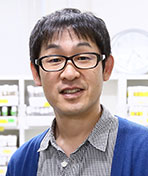
Tatsushi Igaki
Professor, Kyoto University, Graduate School of Biostudies.
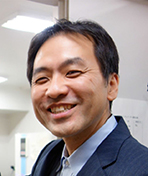
Yasuyuki Fujita
Professor, Kyoto University, Graduate School of Medicine, Kyoto University

Yukako Oda
Associate professor, Center for iPS Cell Research & Application, Kyoto University

Tohru Ishitani
Professor, Research Institute for Microbial Diseases, Osaka University

Hiroshi Sasaki
Professor, Graduate School of Frontier Biosciences, Osaka University

Emi Nishimura
Professor, The Institute of Medical Science, The University of Tokyo
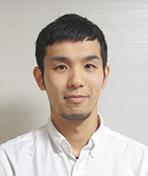
Tsuyoshi Hirashima
Principal investigator, Mechanobiology Institute, National University of Singapore
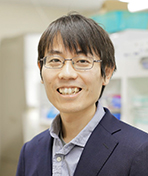
Satoshi Toda
Assistant professor, Nano Life Science Institute, Kanazawa University
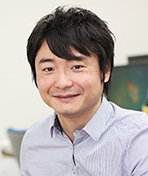
Akihito Harada
Associate professor, Medical Institute of Bioregulation, Kyushu University